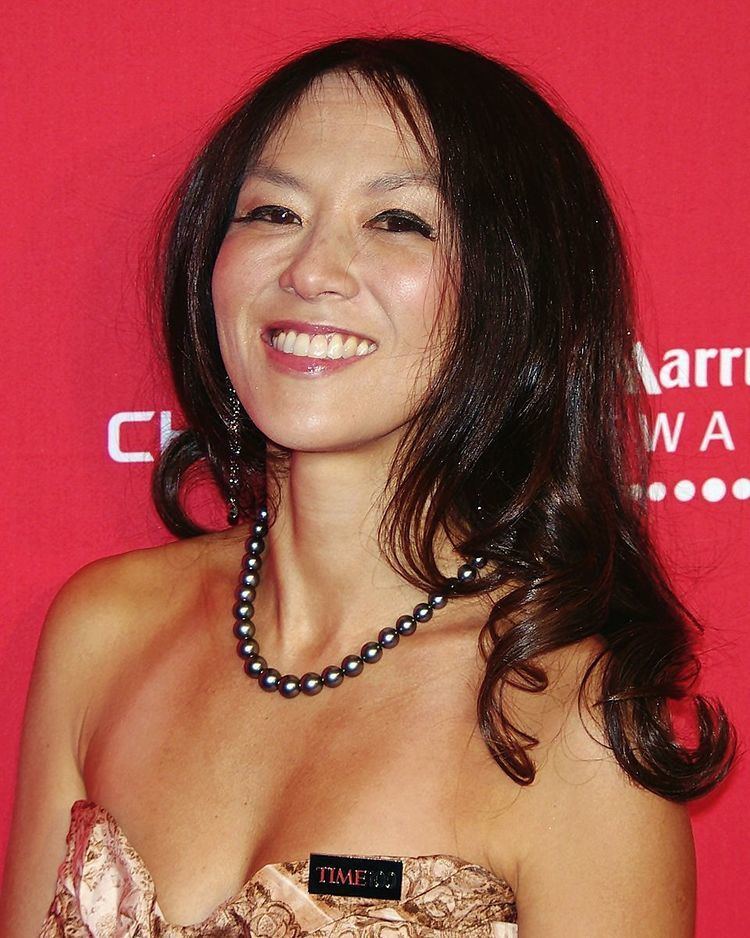 | ||
Hokkien, Hoklo (Holo), and Minnan people are found in the United States. The Hoklo people are a Han Chinese subgroup with ancestral roots in Southern Fujian, particularly around the modern prefecture-level cities of Quanzhou (Choanchiu), Zhangzhou (Chiangchiu), and Xiamen (Amoy, Emng). They are also known by various endonyms (Pe̍h-ōe-jī: Hok-ló-lâng / Hō-ló-lâng / Ho̍h-ló-lâng / Hô-ló-lâng), or other related terms such as Banlam (Minnan) people (閩南儂; Bân-lâm-lâng) or Hokkien people (福建儂; Hok-kiàn-lâng). These people usually also have roots in the Hokkien diaspora in Taiwan, the Philippines, Malaysia, Indonesia, Singapore, Burma, Thailand etc.
Contents
Groups
Although around 70% of Taiwanese people in Taiwan are Hoklo, there are slightly more Taiwanese Americans who are Mainland Chinese (waishengren) most of whom are not Hoklo. Furthermore, Hoklo and Hakka Han people who have roots in Taiwan from before 1945 (benshengren) are more likely to identify as "Taiwanese". American Community Survey program of the United States Census Bureau reported that 200,000 Americans identify as "Taiwanese" and 70,000 speak Taiwanese at home.
The first Indonesians to move to Southern California were Indos (Indonesians of mixed pribumi and European descent). However, the majority of Indonesians who came in the 1960s were of Chinese descent. Unofficial estimates suggest that as many as 50% of the Indonesians in Southern California are of Chinese descent, and around 50% of the ethnic Chinese population in Indobesia is Hoklo.
Chinese Filipinos are one of the largest overseas Chinese communities in Southeast Asia. Sangleys—Filipinos with at least some Chinese ancestry—comprise 18-27% of the Philippine population, totaling up to 30 million people. There are approximately 2 million Filipinos with pure Chinese ancestry, or around 2.5% of the population. Minnan peoples are more popularly known as "Hokkienese", or "Fujianese" in English, or Lan-nang, Lán-lâng, Bân-lâm, Fújiànren in Chinese. The Minnan form 98.7%‹See TfD›of all unmixed ethnic Chinese in the Philippines. Of the Minnan peoples, about 75% are from Quanzhou prefecture (specifically, Jinjiang City), 23% are from Zhangzhou prefecture, and 2% are from Xiamen City.
Teochew people and Hainanese people may occasionally be included as Minnan people.
History
Some coolies and laborers in Hawaii during the 1800s were from southern Fukien. There is a Hoklo cemetery in the Pauoa Valley in Honolulu.
Researchers have looked upon the patterns of immigration of Filipinos to the United States and have recognized four significant waves. The first was connected to the period when the Philippines was part of New Spain and later the Spanish East Indies; Filipinos, via the Manila galleons, would migrate to North America.
The second wave was during the period when the Philippines were a territory of the United States; as U.S. Nationals, Filipinos were unrestricted from immigrating to the US by the Immigration Act of 1917 that restricted other Asians. This wave of immigration has been referred to as the manong generation. Filipinos of this wave came for different reasons, but the majority were laborers, predominantly Ilocano and Visayan. This wave of immigration was distinct from other Asian Americans, due to American influences, and education, in the Philippines; thefore they did not see themselves as aliens when they immigrated to the United States. During the Great Depression, Filipino Americans were also affected, losing jobs, and being the target of race based violence. This wave of immigration ended due to the Philippine Independence Act in 1934, which restricted immigration to 50 persons a year.
Some Hokkien people in the Philippines adopted Spanish-style surnames, many of which ended with "-co" (Chinese: 哥; Pe̍h-ōe-jī: ko / koh), which means "older brother", a term used by Hokkien Filipinos to address each other. Some of these surnames were also brought to America.
Hoklo Taiwanese people are about 70% of the population of Taiwan, but the first wave of Taiwanese immigrants to America were mostly Mainland Chinese, most of whom were not Hoklo. Hoklo people started immigrating in larger numbers after the 1960s.
